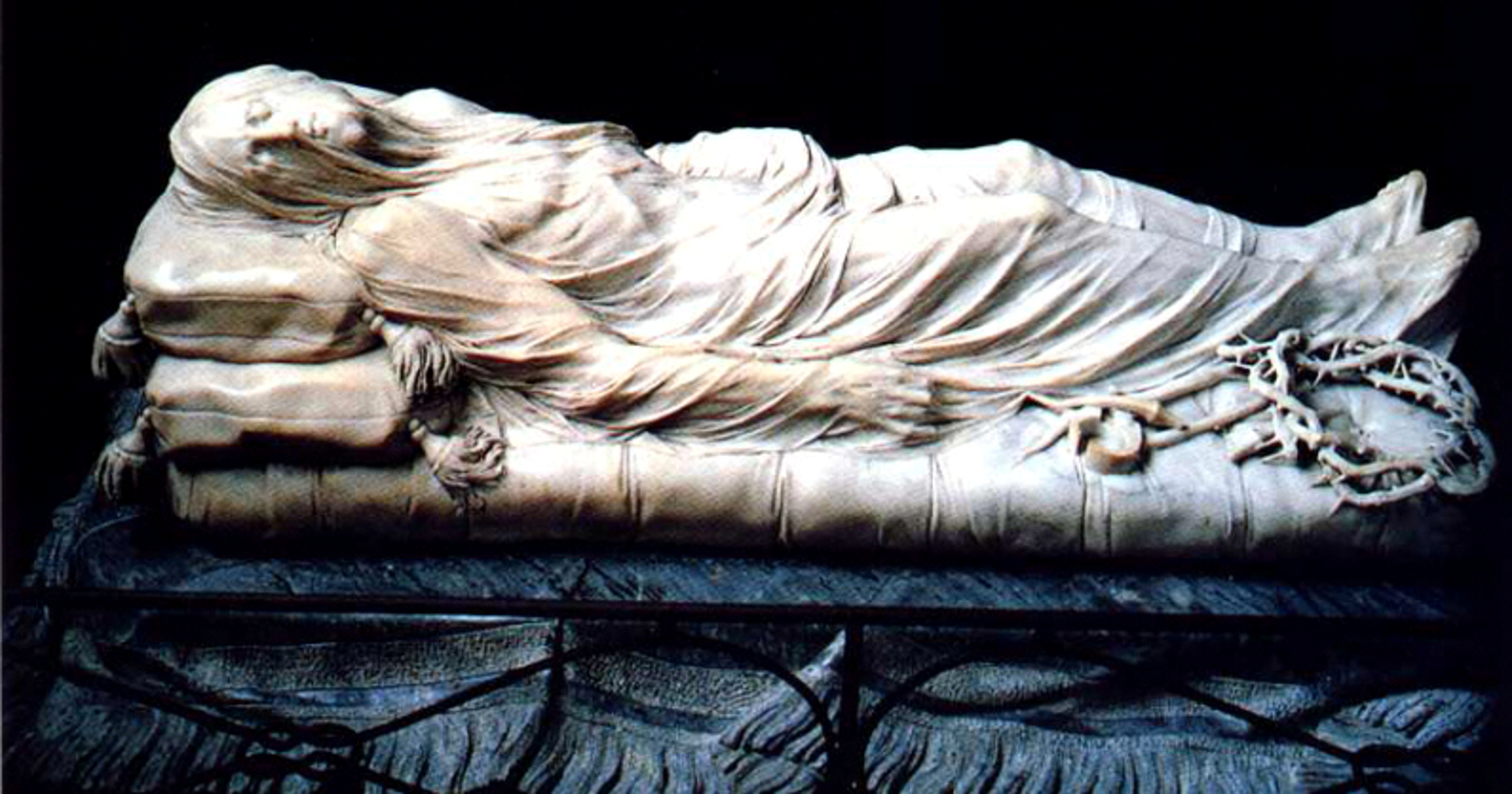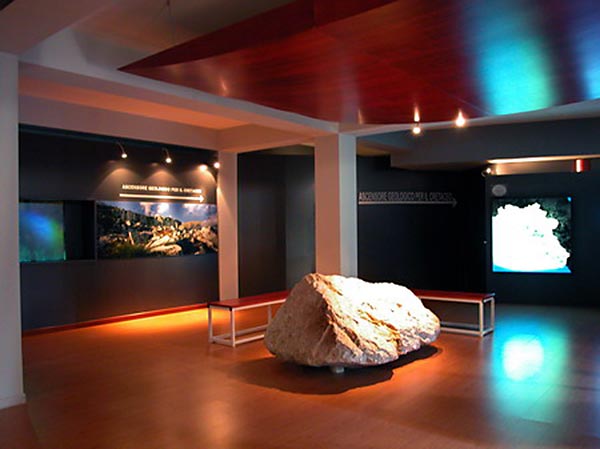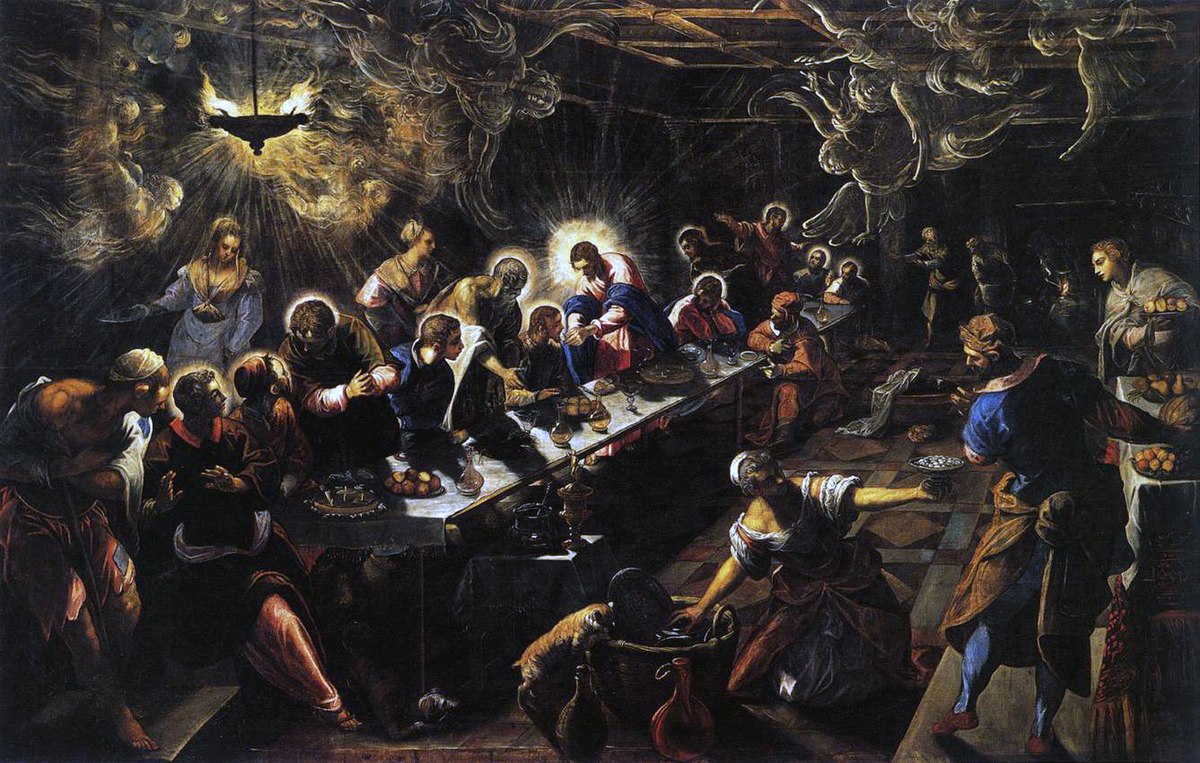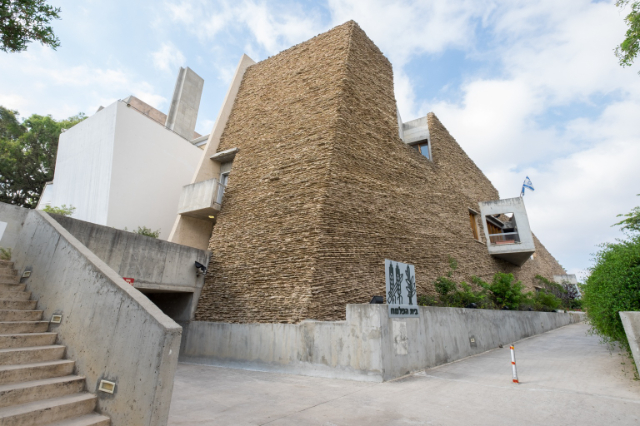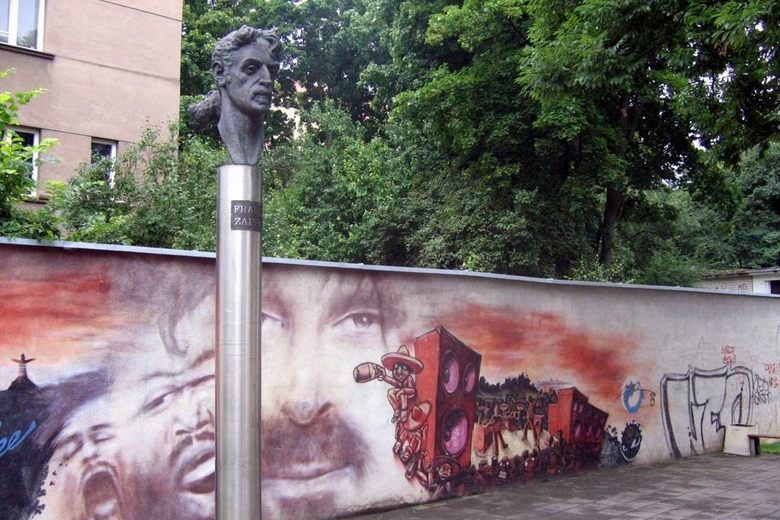In the intentions of the commissioner, the statue was to be executed by Antonio Corradini, who had already sculpted Modesty for the prince. However, Corradini died in 1752 and only had time to finish a terracotta sketch of the Christ, which is now in the Museum of San Martino.
So it was that Raimondo di Sangro commissioned a young Neapolitan artist, Giuseppe Sanmartino, to make "a life-size sculpted marble statue representing Our Lord Jesus Christ dead, covered by a transparent shroud made from the same block as the statue."
Sanmartino took little account of the Venetian sculptor’s earlier sketch. As in the Modesty, in the Veiled Christ the original stylistic message is in the veil, but Sanmartino’s late Baroque palpitations and sentiments imprint the shroud with a movement and signification far removed from Corradini’s canons. The artist’s modern sensibility sculpts, fleshes out the lifeless body, which the soft covers mercifully gather, on which the tormented, convulsive rhythms of the veil’s folds etch a deep suffering, as if the pitiful covering made the poor limbs even more naked and exposed, even more inexorable and precise the lines of the tortured body.
The swollen and still throbbing vein on the forehead, the piercings of the nails on the feet and thin hands, the hollowed-out and relaxed side finally in the liberating death are the sign of an intense research that gives no room for preciosity or school canons, even when the sculptor meticulously "embroiders" the edges of the shroud or dwells on the instruments of the Passion placed at Christ’s feet. Sanmartino’s art here resolves itself into dramatic evocation, making Christ’s suffering a symbol of the fate and redemption of all humanity.
